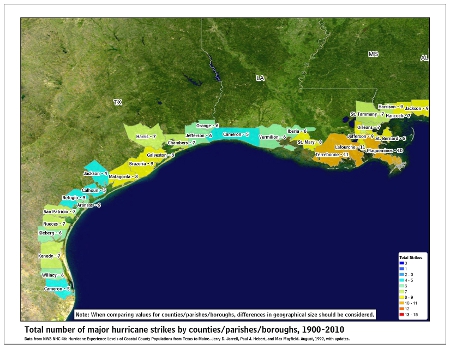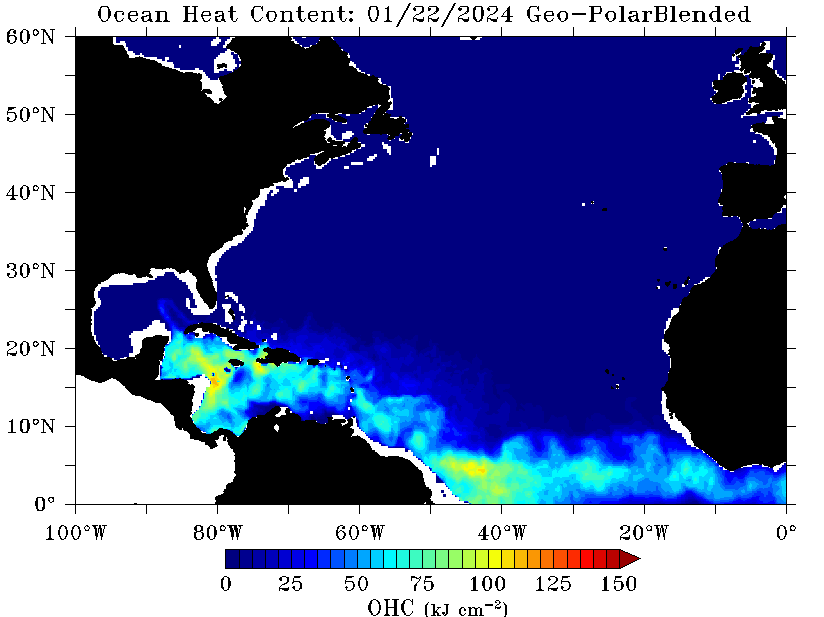Latest Posts on the LHC Blog
|
1.) Annual update to the track forecast error cone.
One of the biggest changes this hurricane season will be adjustments to the NHC’s hurricane track map, or what most people call “The Cone of Uncertainty”. The cone will shrink.
The size of the tropical cyclone track forecast error cone for the Atlantic basin will be […]

As the 2017 Hurricane Season approaches the NHC has announced 5 major changes coming in 2017, with some of the improvements having been in the works for decades!
1.) The Issuing Of Watches, Warnings and Advisories Before Storms Even Form.
The NHC will issue advisories for systems that have yet to develop but pose a […]
***MODEL WATCH*** Good afternoon y’all!! For the past couple weeks I have been talking about a possible storm in the Gulf at the beginning of June to start the 2014 Hurricane Season and models still continue to show this possibility…
Here is the latest GFS that just ran today 5-30-14 12Z showing a possible […]
|
|
|

 DONATE
DONATE![[Map of 1950-2017 CONUS Hurricane Strikes]](http://www.nhc.noaa.gov/climo/images/conus_strikes_sm.jpg)




































































